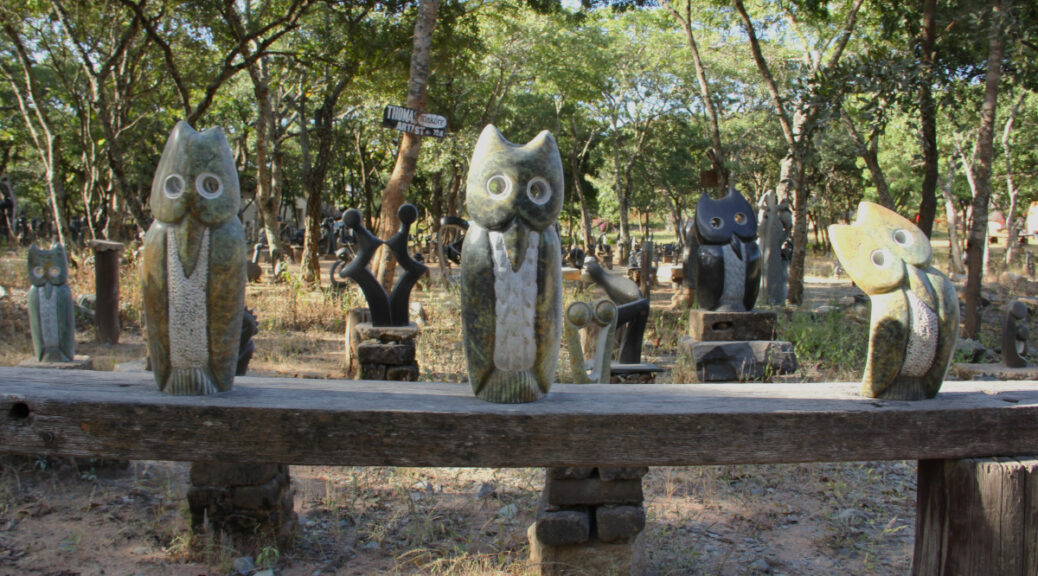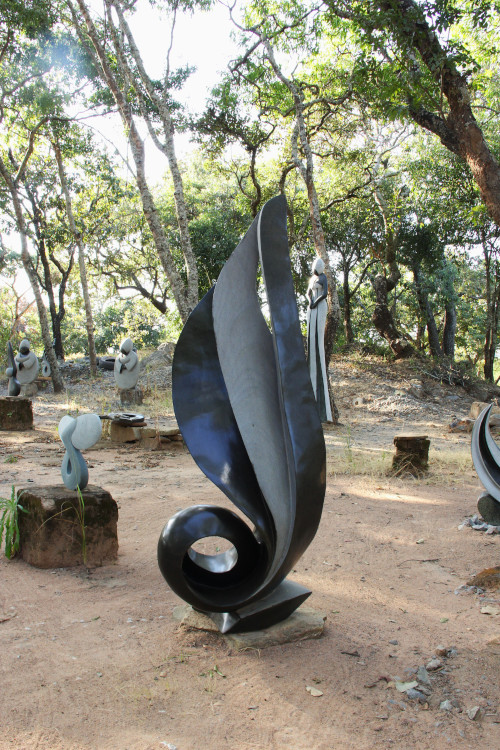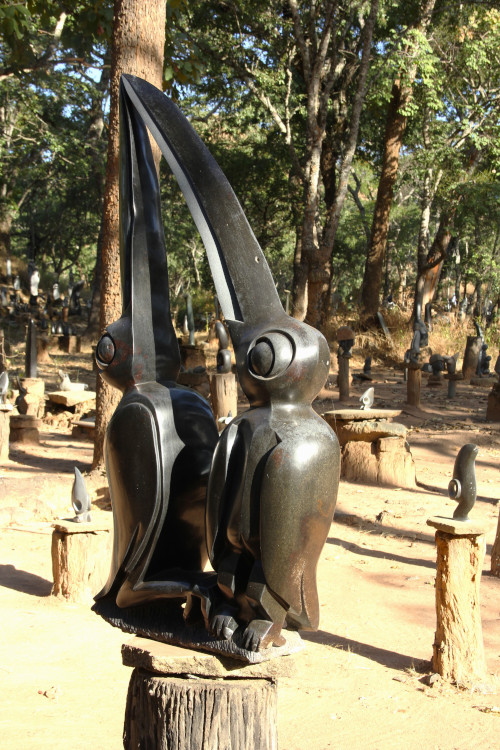A visit to Tengenenge is a rewarding addition to a Zimbabwe trip. In this village where Shona sculptors live and work, you can admire artworks and become part of daily life.
In the heart of Zimbabwe’s Mashonaland you will find a one-of-a-kind gallery. Its roof is formed by the branches of trees. The floor is the dusty earth itself. Tree stumps act as pedestals for the artworks. In short, walking through the display area at Tengenenge Sculptors Art Village is like visiting no other gallery. You see the sculptures where they were made, surrounded by the nature that served as inspiration in many cases.
Tracks4Africa’s Lizette Swart visited Tengenenge as part of the research for our future Zimbabwe Self-Drive Guide. It turned out to be one of the highlights of her six-week trip to the country.
A surprise at the end of the road
Located about 150km north of Harare, Tengenenge Sculptors Art Village lies in an area known for agriculture and mining. As far as roads in Zimbabwe go, the track leading to the village isn’t bad. But be warned that this may change after heavy rains. Along the way, you’re likely to pass people travelling by ox cart as the setting is very rural.
“When I approached Tengenenge, it was already late in the afternoon,” recalls Lizette. “I didn’t know what to expect or whether I would be able to stay over. In fact, I thought I might just pop in to see what it was about before shooting off to a campsite. But when I turned into the village and saw the masses of sculptures under the trees, I knew it was unique.”
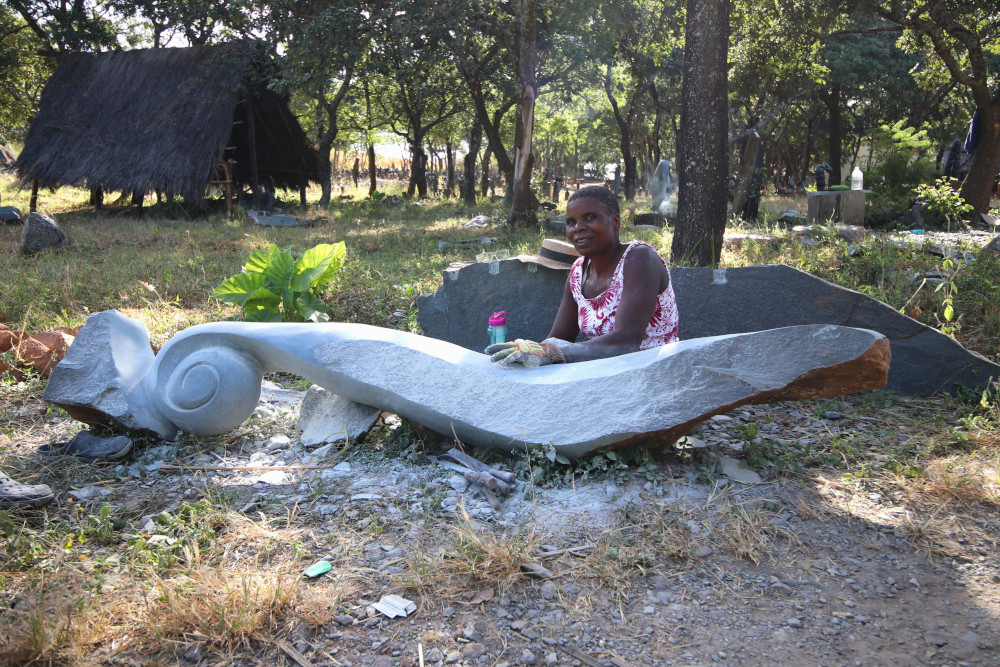
A handful of sculptors were hard at work and soon Tengenenge’s marketing representative arrived. Agrippa Tirigu is himself a sculptor who started working there after school. As is customary, he apprenticed with another sculptor, Knowledge Tahwa, in no time becoming his right-hand man. Today, Agrippa’s sculptures are on display around the world and he promotes Tengenenge on behalf of the community.
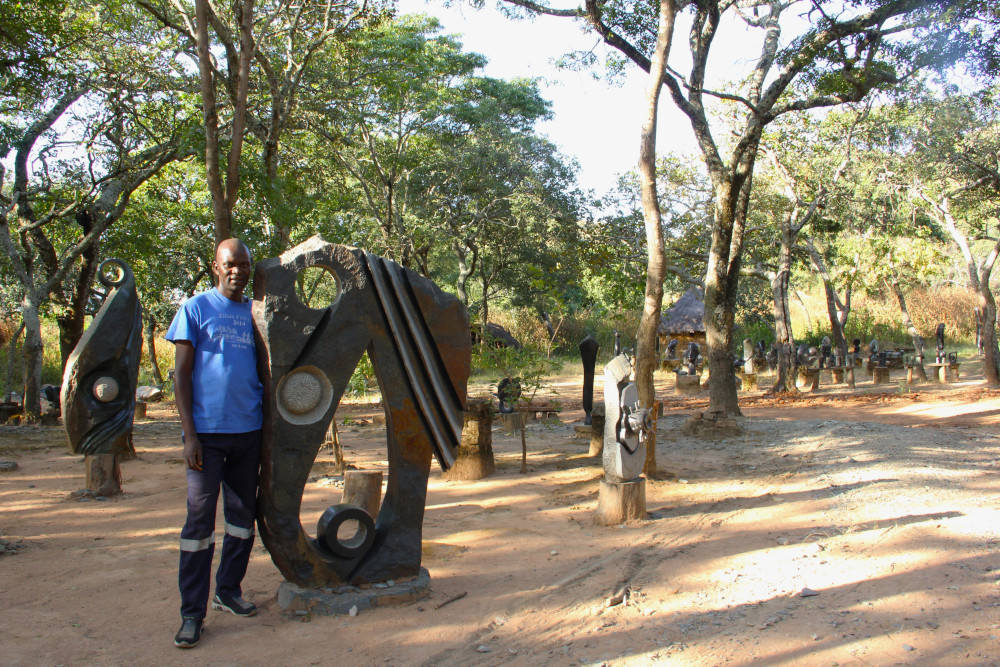
The history of Tengenenge
For close on six decades, Tengenenge has been home to sculptors. Located in the Great Dyke of Zimbabwe, the village is close to a large deposit of serpentine stone. The Shona people have a long tradition of working with stone. One origin for the name Zimbabwe traces it to the Shona for ‘house of stone’.
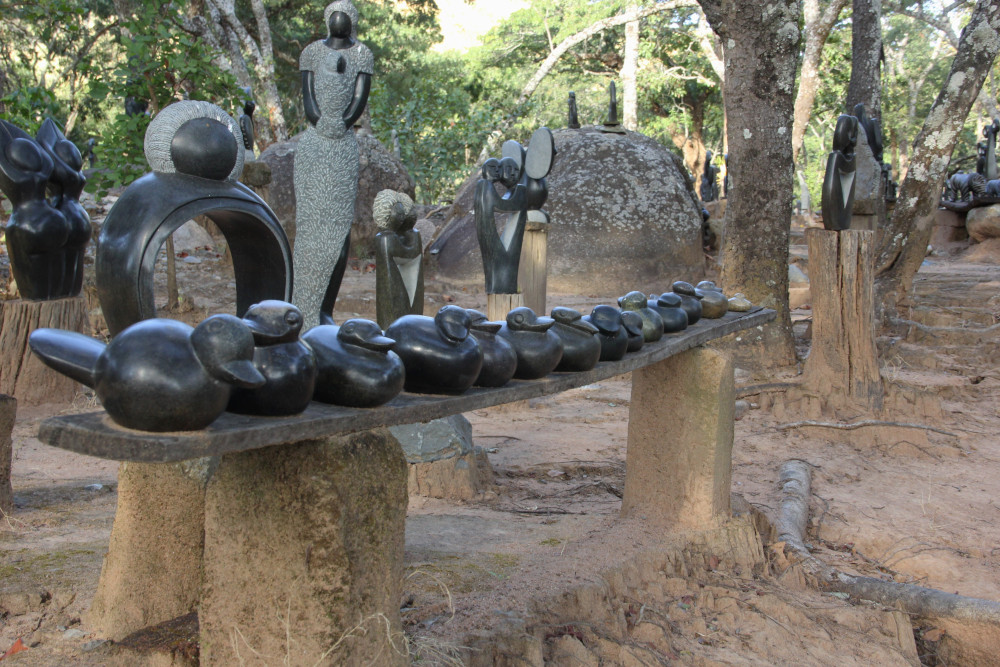
Tengenenge was started by Tom Bloomfield in 1966 and is today home to around 86 residential artists. Living together in the village enables the artists to hone their technique and preserve their heritage. “Our objective is to maintain our culture and pass it on from generation to generation,” says Agrippa. The artists teach their skills to others and showcase their work at Tengenenge. Galleries from all around the world have visited to buy sculptures.
Exploring the sculpture park
With the sunlight filtering through leaves, the ‘gallery area’ was bathed in beautiful afternoon light for Lizette’s visit. “The area with the sculptures is about five times the size of the village. Having Agrippa show me around was special, because he could give me background into every sculptor and their work,” she says. The artworks are arranged by artist and vary from small enough to fit in a backpack to larger than life. The subject matter is equally varied, ranging from animals and people to abstract designs.
You could easily spend an hour wandering around and admiring the art. Chunky zebra, their stripes revealed by being chiselled into the stone. Smooth, ebony-coloured lizards basking on the boulders from which they were hewn. Pensive owls, playful elephants, demure girls… even Madiba makes an appearance. Lizette fell in love with a large stone fountain with a rose at its heart.
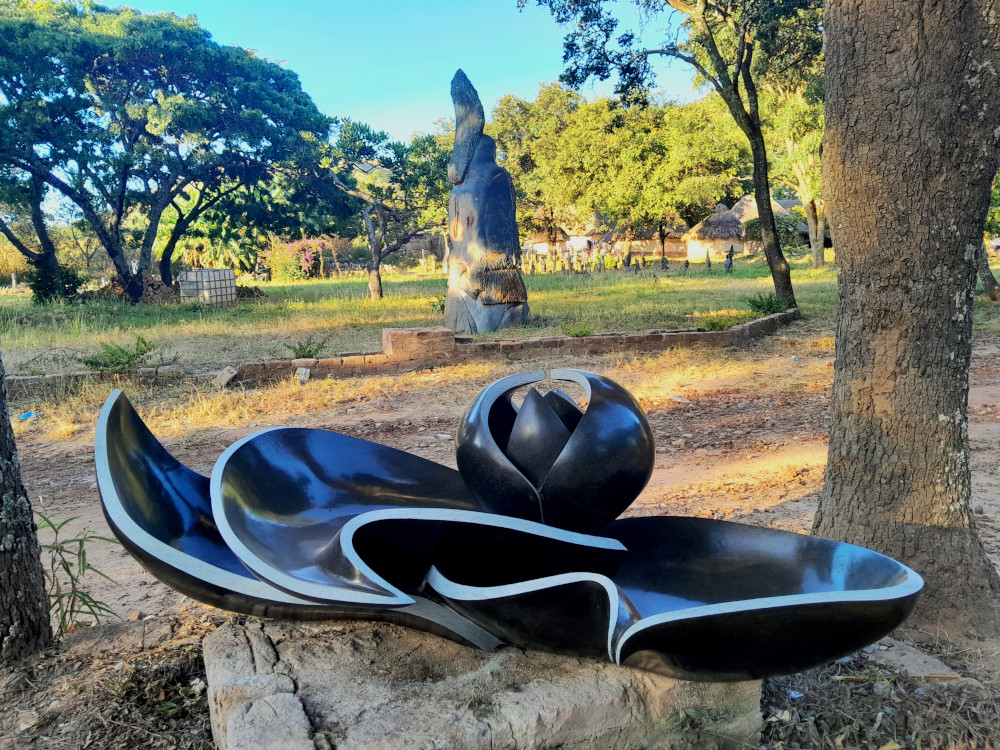
A traditional village
Aside from the impressive sculpture park, Tengenenge also offers the chance to view clay pottery, traditional dance and blacksmithing. But a large part of its appeal is the chance to spend time in a typical Shona village. The artists live and work here, people go about their daily activities. The village children head to the pump to collect water in the morning and evening.
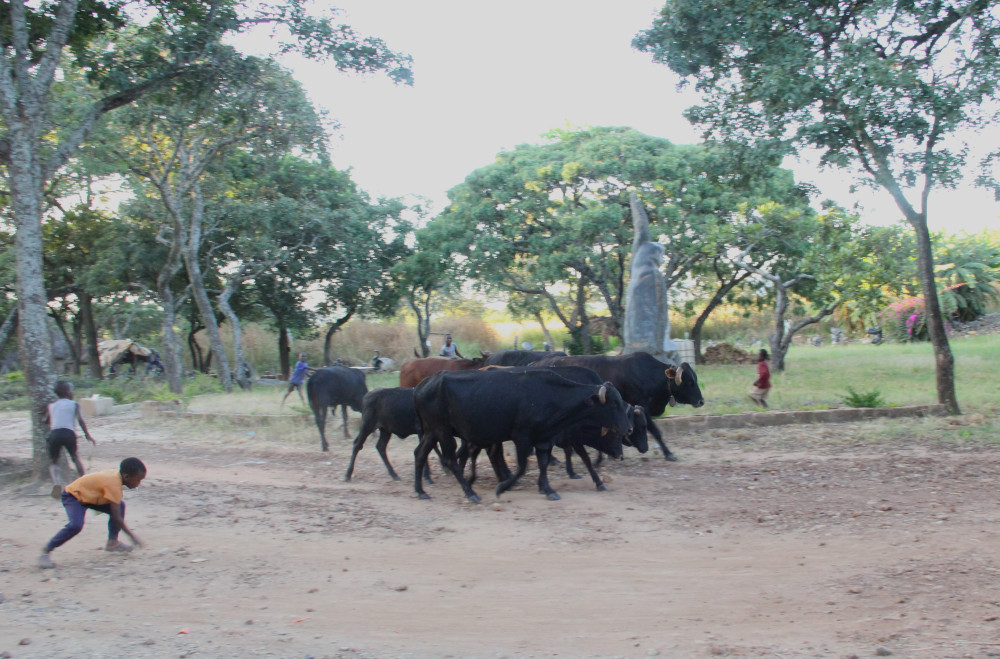
“Often on overlanding trips, you drive past villages. You might stop to take a picture, but then you move on. So to be immersed in village life was special,” says Lizette. “You realise how tough it can be living in Africa. And yet people still smile and laugh. I had all the children from the village come past to fetch water, waving and posing for pictures. It was absolutely fantastic.”
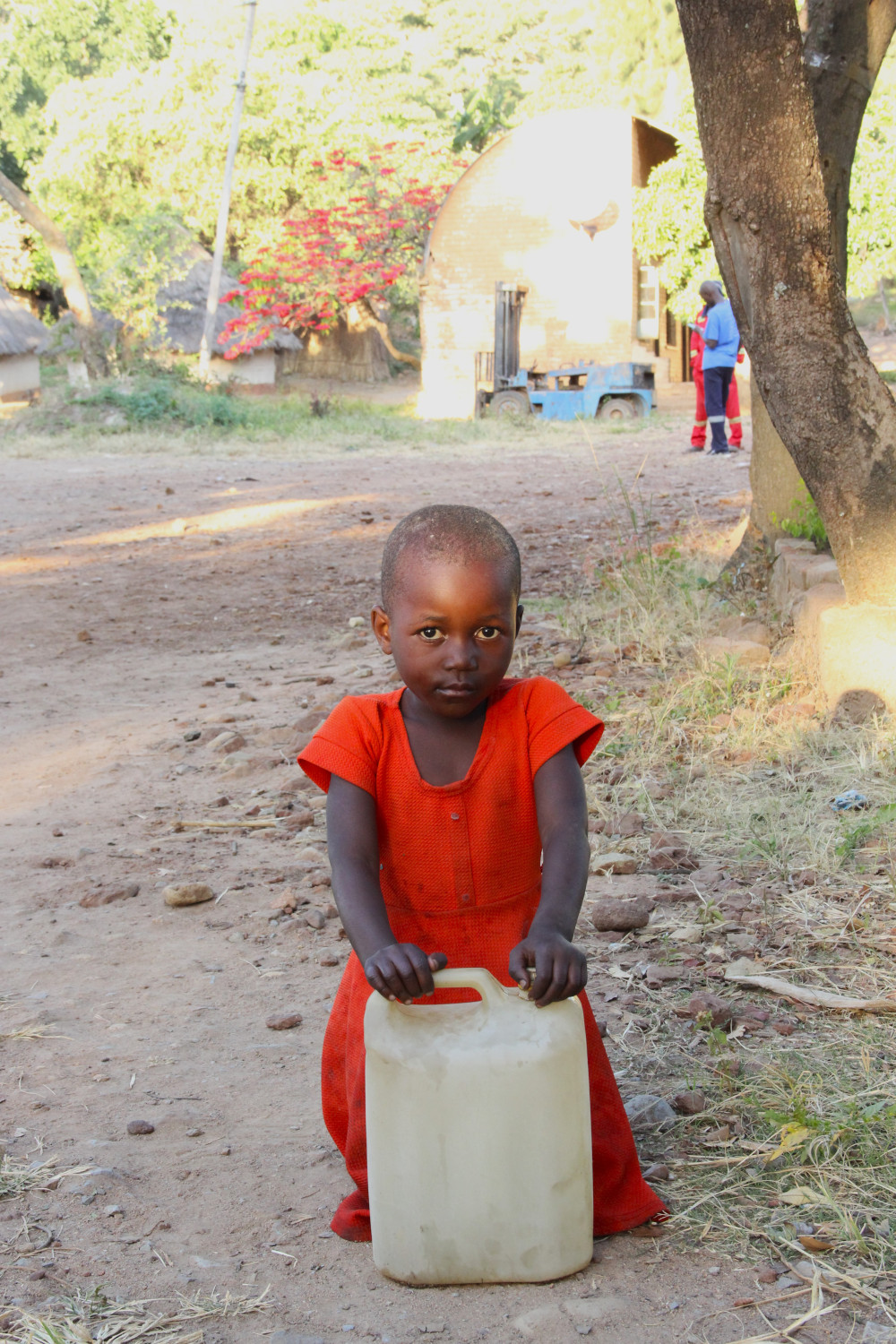
The village has a family unit with three bedrooms where visitors can stay. While there is a cooking area where you can prepare your own food, the village also offers meals. Among his many talents, Agrippa is a chef who handles catering for visitors. “I would suggest doing a late afternoon tour of the sculptures, followed by supper in the village,” says Lizette. In addition to the sculptures, you can also view the area where the stone is quarried.
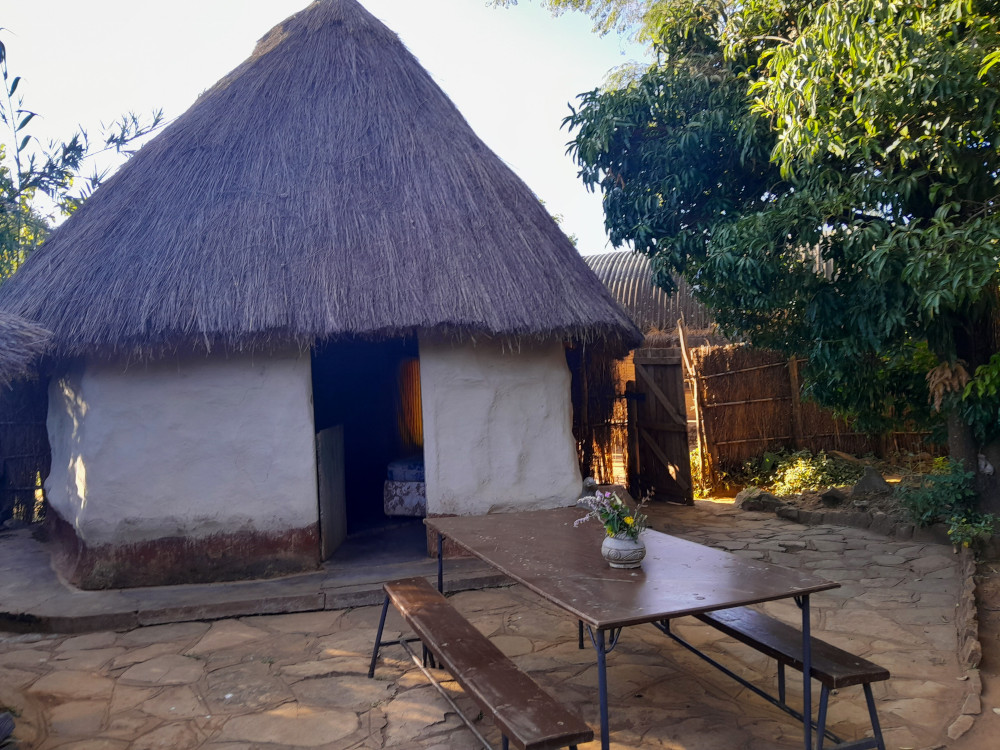
Anyone who appreciates art will want to visit Tengenenge. It’s also worth adding to your itinerary for a chance to enjoy authentic Shona culture. Lizette loved it for the photographic opportunities of everyday life and she thinks it would be a good destination for families. You can get out and really stretch your legs, the kids could have a pick-up game of soccer.
It fits well into the route for overlanders travelling south from Mana Pools. You could wind your way through Chewore Safari Area and Mavuradonha before visiting Tengenenge Sculptors Art Village. From there it’s about four hours to Harare.
Good to know
- The guided tour to Tengenenge Sculptors Art Village is free. However, it is customary to tip the guide.
- The family unit costs US$30 per room, irrespective of the number of people. There’s no formal campsite, but visitors may camp for US$20 per vehicle.
- For accommodation and a meal, it is best to book in advance. Contact Agrippa on +263 77 335 8836 or +263 71 388 4594, email maxwelltendaitirigu@gmail.com or maxtirigu@gmail.com.
- Sales of sculptures are directly from the village and shipping arranged internationally.
- While the villagers are generally open to photography, it is polite to ask permission first.
- People, especially kids, love it when you show them their image on the screen afterwards. Pictures are usually met with squeals of laughter and shouts for others to come have a look.
